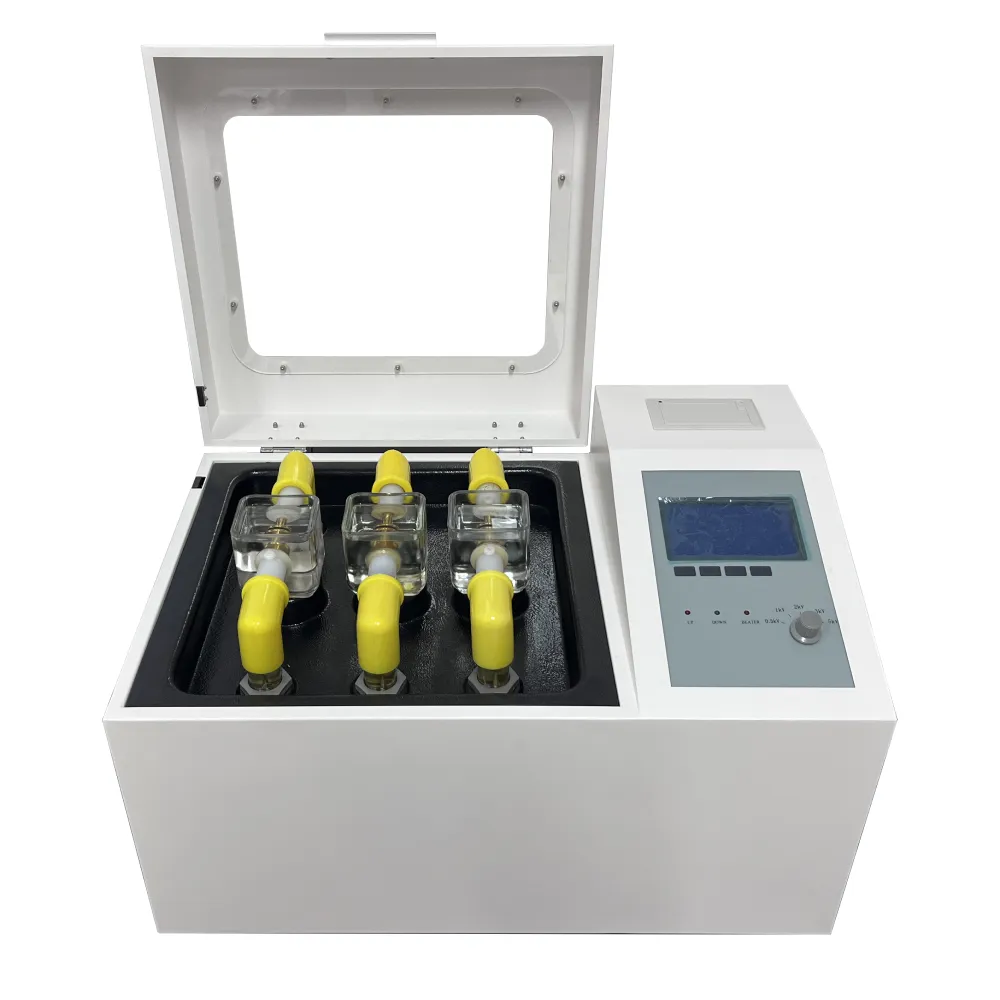 English
English



-
 Afrikaans
Afrikaans -
 Albanian
Albanian -
 Amharic
Amharic -
 Arabic
Arabic -
 Armenian
Armenian -
 Azerbaijani
Azerbaijani -
 Basque
Basque -
 Belarusian
Belarusian -
 Bengali
Bengali -
 Bosnian
Bosnian -
 Bulgarian
Bulgarian -
 Catalan
Catalan -
 Cebuano
Cebuano -
 China
China -
 China (Taiwan)
China (Taiwan) -
 Corsican
Corsican -
 Croatian
Croatian -
 Czech
Czech -
 Danish
Danish -
 Dutch
Dutch -
 English
English -
 Esperanto
Esperanto -
 Estonian
Estonian -
 Finnish
Finnish -
 French
French -
 Frisian
Frisian -
 Galician
Galician -
 Georgian
Georgian -
 German
German -
 Greek
Greek -
 Gujarati
Gujarati -
 Haitian Creole
Haitian Creole -
 hausa
hausa -
 hawaiian
hawaiian -
 Hebrew
Hebrew -
 Hindi
Hindi -
 Miao
Miao -
 Hungarian
Hungarian -
 Icelandic
Icelandic -
 igbo
igbo -
 Indonesian
Indonesian -
 irish
irish -
 Italian
Italian -
 Japanese
Japanese -
 Javanese
Javanese -
 Kannada
Kannada -
 kazakh
kazakh -
 Khmer
Khmer -
 Rwandese
Rwandese -
 Korean
Korean -
 Kurdish
Kurdish -
 Kyrgyz
Kyrgyz -
 Lao
Lao -
 Latin
Latin -
 Latvian
Latvian -
 Lithuanian
Lithuanian -
 Luxembourgish
Luxembourgish -
 Macedonian
Macedonian -
 Malgashi
Malgashi -
 Malay
Malay -
 Malayalam
Malayalam -
 Maltese
Maltese -
 Maori
Maori -
 Marathi
Marathi -
 Mongolian
Mongolian -
 Myanmar
Myanmar -
 Nepali
Nepali -
 Norwegian
Norwegian -
 Norwegian
Norwegian -
 Occitan
Occitan -
 Pashto
Pashto -
 Persian
Persian -
 Polish
Polish -
 Portuguese
Portuguese -
 Punjabi
Punjabi -
 Romanian
Romanian -
 Russian
Russian -
 Samoan
Samoan -
 Scottish Gaelic
Scottish Gaelic -
 Serbian
Serbian -
 Sesotho
Sesotho -
 Shona
Shona -
 Sindhi
Sindhi -
 Sinhala
Sinhala -
 Slovak
Slovak -
 Slovenian
Slovenian -
 Somali
Somali -
 Spanish
Spanish -
 Sundanese
Sundanese -
 Swahili
Swahili -
 Swedish
Swedish -
 Tagalog
Tagalog -
 Tajik
Tajik -
 Tamil
Tamil -
 Tatar
Tatar -
 Telugu
Telugu -
 Thai
Thai -
 Turkish
Turkish -
 Turkmen
Turkmen -
 Ukrainian
Ukrainian -
 Urdu
Urdu -
 Uighur
Uighur -
 Uzbek
Uzbek -
 Vietnamese
Vietnamese -
 Welsh
Welsh -
 Bantu
Bantu -
 Yiddish
Yiddish -
 Yoruba
Yoruba -
 Zulu
Zulu
crude oil distillation column
Understanding the Crude Oil Distillation Column
Crude oil, a complex mixture of hydrocarbons, is one of the most vital natural resources in our modern world. Among the processes used to refine crude oil, distillation stands out as a fundamental technique for separating it into various valuable components. The crude oil distillation column plays a crucial role in this process, and understanding its function is key to appreciating how petroleum products are produced.
At its core, the distillation column operates on the principle of differences in boiling points among the various components in crude oil. When crude oil is heated, it vaporizes, and as the vapor rises through the column, different hydrocarbons condense at different heights based on their individual boiling points. This separation allows for the extraction of a range of products including gasoline, diesel, kerosene, and heavier oils.
The design of a crude oil distillation column includes several essential components trays or packing, a reboiler, and a condenser. Trays, or packing materials, are installed at various levels within the column. When vapor rises through the column, it encounters cooler surfaces on the trays, leading to condensation. Some of the condensed liquid flows back down the column, while the remaining vapor continues upward. This process is known as fractionation, as it progressively enriches the vapor in lighter components with lower boiling points.
The reboiler is located at the bottom of the column and serves to heat the crude oil feedstock to initiate the distillation process. It provides the necessary energy to vaporize the heavier fractions that are crucial for the separation process. On the other hand, the condenser, positioned at the top of the column, cools the vapor exiting the column and facilitates the collection of the separated distillates.
crude oil distillation column

Efficiency in a crude oil distillation column is vital, as it directly influences the yield of valuable products. Process operators closely monitor various parameters such as temperature, pressure, and flow rates to optimize performance. The choice of operating conditions can significantly affect product quality and yield, making control systems essential for the efficient operation of modern refineries.
The distillation column does not operate in isolation. It is part of a larger refining process that may include hydrocracking, reforming, and treating steps to further improve product quality and increase output. Additionally, advanced technologies, such as solvent extraction and molecular sieving, are sometimes integrated with distillation to achieve even greater separation efficiency.
Environmental considerations are also paramount in petroleum refining. The crude oil distillation process generates emissions and waste products that need to be managed responsibly. Modern refineries are increasingly adopting measures to reduce their environmental footprint, including capturing and reusing gases emitted during distillation, as well as implementing advanced monitoring systems to minimize pollution.
In conclusion, the crude oil distillation column is a vital component in the refining of crude oil into usable products. Its ability to separate hydrocarbons based on boiling points not only enables the production of fuels and feedstocks but also equips refineries with the means to maximize efficiency and minimize environmental impacts. As the global demand for energy continues to grow, the importance of this technology within the petroleum industry cannot be overstated. Through continuous advancements and optimization, distillation columns will remain central to the processing of crude oil for years to come.
-
Testing Equipment Industry Sees Major Advancements in 2025: Smart & Precision Technologies Lead the WayNewsJun.06,2025
-
Applications of Direct Current Generators in Renewable Energy SystemsNewsJun.05,2025
-
Hipot Tester Calibration and Accuracy GuidelinesNewsJun.05,2025
-
Digital Circuit Breaker Analyzer Features and BenefitsNewsJun.05,2025
-
Benefits of Real-Time Power Quality Monitoring Devices for Industrial EfficiencyNewsJun.05,2025
-
Earth Fault Loop Testing in High-Rise Building Electrical SystemsNewsJun.05,2025



